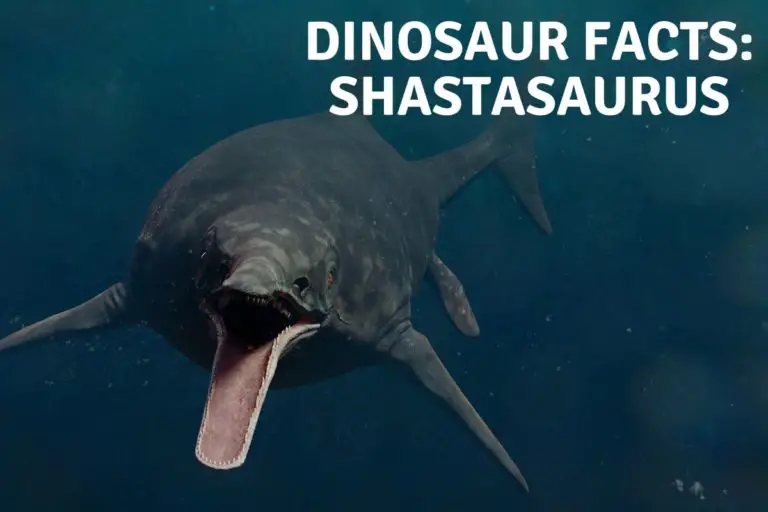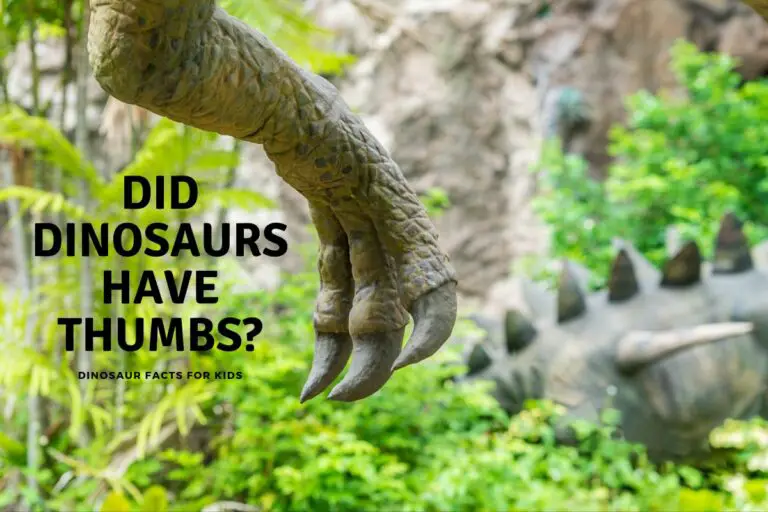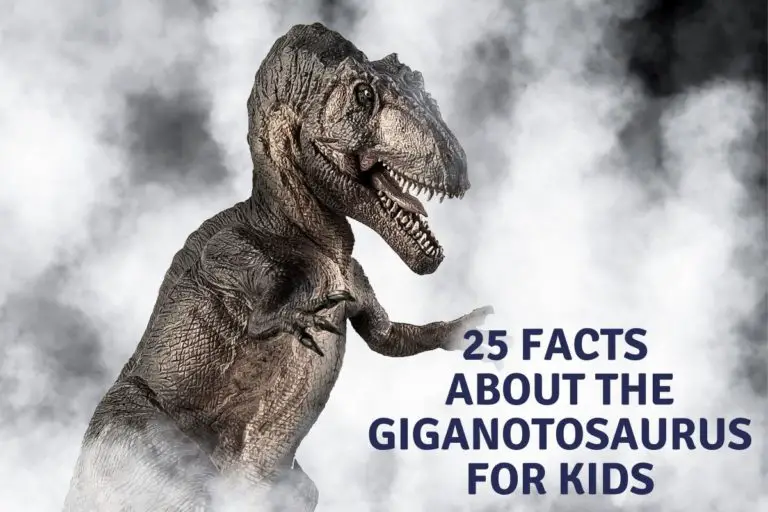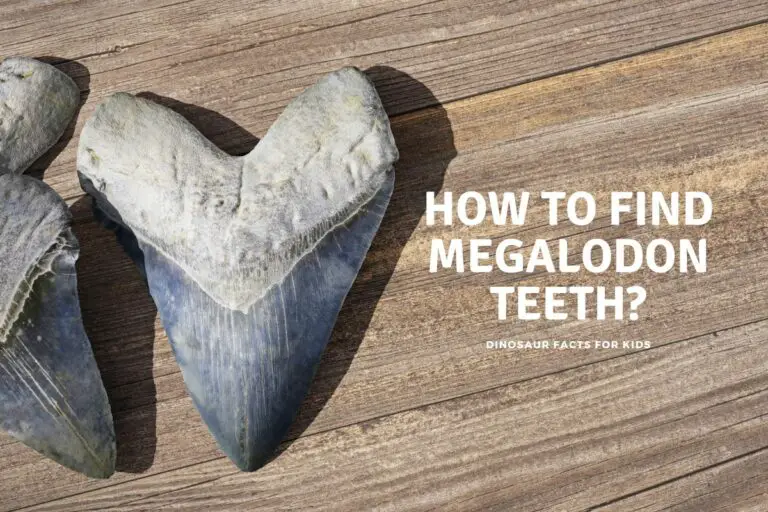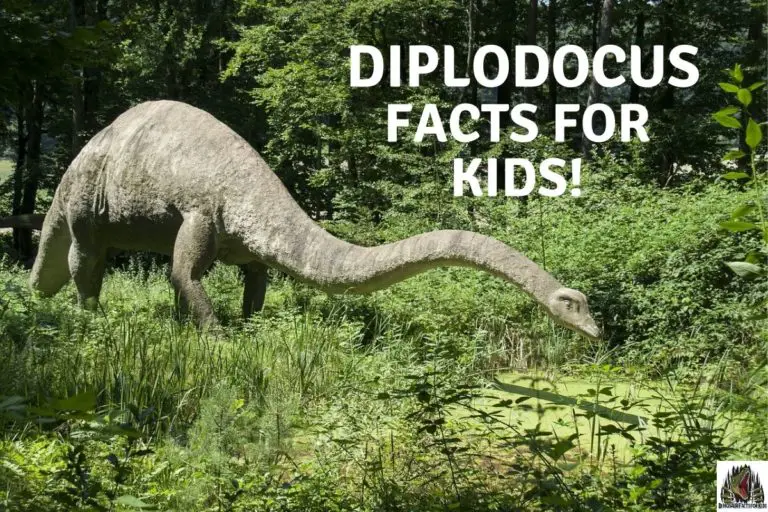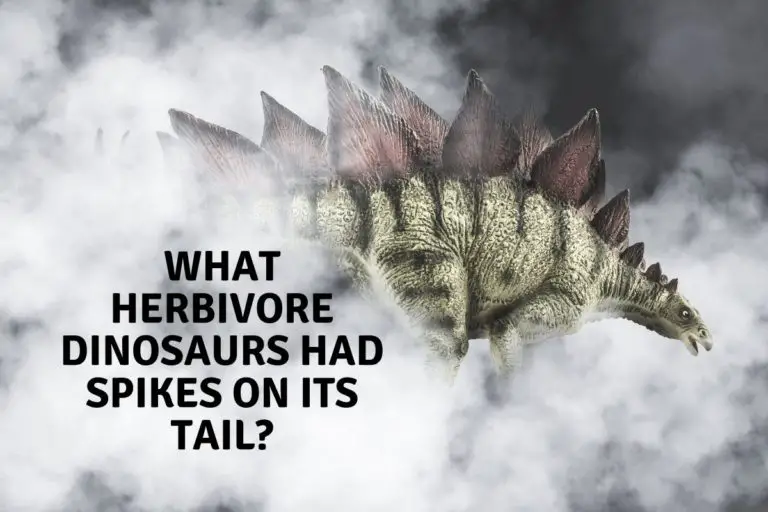What Was The Laziest Dinosaur?
We recently wrote an article on The sleeping habits of dinosaurs and its opened our eyes somewhat on how these huge animals did with their days. It also made us think about which did very little, and could be called the laziest dinosaurs. We take a look at a few contenders for the title of laziest dinosaur below.
Brachiosaurus is often held up as the laziest dinosaur. Slow, huge in size, and constant eating all suggest a sedentary lifestyle, However later sauropods like Dreadnoughtus, from the late cretaceous, had access to more nutritious fruits and flowering plants and perhaps could be considered even more sedentary, or lazy.
Even now we have what could be called lazy animals, by our standards at least, the sloth moves really slowly, lions sleep for about 19 or so hours a day, turtles just seem to sit there for about 100 years and then die and of course people spend hours on the couch watching tv, or ereading websites…ahem.
So it stands to reason that there were dinosaurs that were quite happy doing very little but eating and sleeping. In the article below we will check out what lazy dinosaurs there were and what makes this or any dinosaurs lazy.
What Makes A Dinosaur Lazy?
While we are not sure if lazy is an accurate way to describe any animal ( with the exception of people sometimes perhaps) There are certainly things that could be attributed to a dinosaur that may help it be classed as lazy.
- Eating a lot
- Resting a lot
- Not moving around
- Slow moving
- Doesn’t have to look for Food
Now there are a few dinosaurs that fit some of the above descriptions, in our How do Dinosaurs Sleep article, we note large carnivores probably had the best and longest sleep of all dinosaurs, just like lions today, there were dinosaurs that ate a lot and constantly moved around in possible herds looking for more and more food.
However there is one group of dinosaurs that ticks all the boxes and whether it could be called efficient or Lazy they certainly resemble both descriptions.
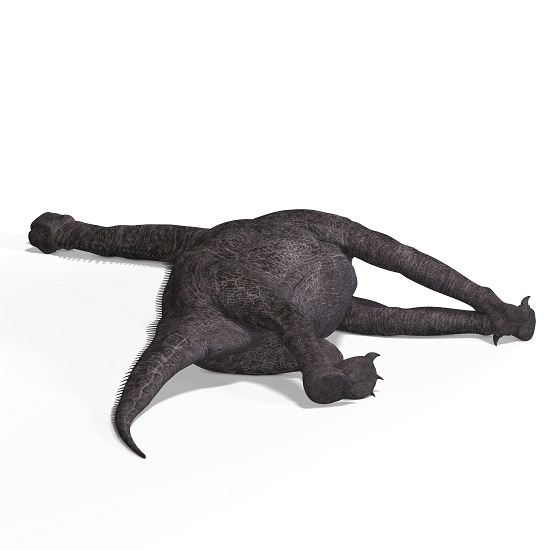
What was the Laziest Dinosaur
In simple terms the likely winner of a laziest dinosaur competition is going to be a large sauropod. The research we undertook pointed to a brachiosaurus for reasons we will go into below, but really any large sauropod would be a contender and at the end we have a possible contender that might rule out brachiosaurus as the laziest dinosaur.
Once a sauropod reached a certain size it did not have to worry about much at all, just where its meals were coming from and in the days of the dinosaur as a herbivore there was plenty to eat.
Reasons Why Brachiosaurus was the laziest dinosaur.
There are a few reasons these huge herbivores could be considered lazy, we will list them and then go into a little more detail below.
- Slow Moving: Rarely needed to move at speed in fact it is thought brachiosaurus maybe have moved at a top speed of about 5 miles an hour, and only by moving one leg at a time!
- Huge appetite: Would eat up to 400 kilos (880 lbs.) of food a day actually had to eat a lot as it is thought its food may not have been the most nutritious ( more on this later)
- No Predators once full size: Meant it did have to keep watch / be aware. The brachiosaurus had to deal with allosaurus in its time, but even other sauropods alive with T-Rex or giganotosaurus would not have had too much to worry about when fully grown.
- Huge amounts of food around: There were ferns, trees, bushes, shrubs and later fruit and flower bearing plants. if you were a herbivore it seemed there was always a meal close to you!
- No evidence of migration: Although there is limited evidence of migration of any dinosaurs, ( but there is some) it appears large sauropods did not make particularly long journeys.
- Massive size: Whether is was access to food, lack of predators or another reasons brachiosaurus and other sauropods definitely didn’t move anywhere fast, and where huge!
- Sedentary lifestyle: As we mentioned, Sauropods like brachiosaurus were slow moving dinosaurs with nothign much to fear. they didn’t go anywhere in a hurry and spent most of the day eating. Living the dinosaur Dream!
- Just swallowed its food whole: Brachiosaurus teeth were not designed for chewing, probably for the best if the food was so unpalatable! , but they were designed like a chisel so it could strip vegetation off and just swallow it in one go.
In fact there have been studies to assess why some of these dinosaurs reached such massive sizes and were basically eating machines moving only when the food ran out, which as Dr McNab suggested below was very rarely.
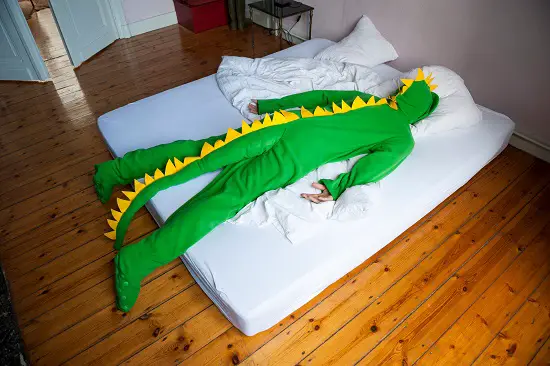
Lazy Dinosaurs Just ate and Ate
Brachiosaurus and other sauropods had none of the problems that would affect smaller herbivores and carnivores. Their food didn’t run away or fight back and there was no need to plan, or ambush a tree!
Smaller herbivores had to keep a look out for carnivores which stopped them eating, would have moved them on if they could see or smell them close and would have kept them skittish like modern day prey animals.
Think of the difference between elephants and Antelopes, though elephants are not particularly lazy, they don’t have to worry (too much) about being eaten by predators. They do of course have to travel much more than a brachiosaurus appears to have done to find food.
It is this easy access to food which made the brachiosaurus and other large sauropods develop sedentary lifestyles ( a long word to basically say they were lazy dinosaurs). In fact his quote summed it up quite nicely! By comparing it to some of us.
like couch potatoes sitting within easy reach of high calorie foods, the gargantuan size of dinosaurs mostly likely stems from the abundance of resources available, coupled with low energy expenditures.
Dr Mcnab
So if people had fridge next to the couch and a big screen TV they would not need to move, and basically end up getting bigger and bigger. The same can be said about dinosaurs, or indeed any animal today. If Food is close there is less reason to expend energy. If the area is safe there is no reason to spend energy checking for threats.
And Sauropods including brachiosaurus has no threats and they had plenty of food. SO they ate it and over million of years got bigger and bigger.
Other theories why Dinosaurs got so big.
Dr Mcnabs is not the only theory out there, although his theory leans towards the eating machine lazy dinosaurs, and it has to be said has a lot of merit, others take a different view.
- Size may have been desirable in courtship or to find a mate,
- It may have been more useful to be huge when fighting other males and
- perhaps most compelling there may have been an arms race between predators and prey. Each getting bigger in an attempt to avoid being prey or take down the other.
If this is the case then sauropods really did over do it, as even a 10 ton Tyrannosaurus was no match for an 80 ton sauropod.
and when brachiosaurus was alive the apex predator of the day was allosaurus, which while big was no comparison in size, in fact even if it hunted in packs as some paelongtologies have suggested it would have been to difficult and too risky to try to take down a fully grown brachiosaurus.
It has been proven that larger animals are better equipped to take care of their own body heat regulation, so this is a potential reason for the ever increasing size as well. However, access to food and constant eating is the reason most animals get big!
…and a lack of exercise that my own abundant waist tells me, is a reasons that weight stays on as well.
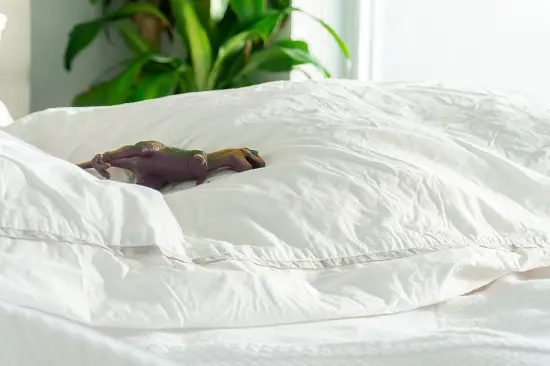
Problems with calling Brachiosaurus lazy
However this theory is not universally accepted, it is widely thought that the bushes ferns and trees that dinosaurs like brachiosaurus had access to where not hugely nutritious and vast quantiles had to be eaten to keep the dinosaur healthy and well. This theory suggests otherwise and says that the quality of food that the dinosaurs had access to was high, and that is the reasons they became sedentary, and so large (or lazy as we call it!)
Later on vegetation started including flowers and Fruits (both evolving between 130-100 million years ago) and may have been a better quality of food, however these had not yet evolved when brachiosaurus was roaming, one leg at a time, around the world 150 million years ago.
However, even if the food was not the most palatable, it may have been another reason why the early sauropods got so big, they needed to eat and digest so much of it and needed a bigger digestive system to so.
This would mean they had to spend most of their time eating, which while eating a lot and not doing much is a sign of laziness, eating for 20 hours a day ro so is actually pretty hard work!!
So if brachiosaurus was restricted to a diet of food that was so lacking in nutrients, that it had to eat for so many hours a day, could it really be called lazy or were later sauropods or even other dinosaurs who had access to fruits and flowers and more diverse vegetation that they didn’t have to eat all day every day actually the laziest dinosaurs.
Where there other lazy dinosaurs
Well if we had to pick one, and i’m sure there were more. then dreadnoughtus was alive towards the end of the cretaceous period about 70 million years ago and although the specimen found was not fully grown it was surely massive.
Living in what is now South America it would have lived in a plant rich environment, with fruits and flowers grasses and ferns all over. Although still needing to eat a lot, it was bigger than brachiosaurus after all, it would have have perhaps had more “free time” to do nothing or sleep rather than eat.
Dreadnoughts name means fears nothing, which it is likely true, however
maybe they should think of changing the name to “Didnoughtus” as it may have done nothing as well, and may have been the laziest dinosaur ever!
Conclusion
So while we call the brachiosaurus the laziest dinosaur ever, like the small brained stegosaurus, it seems to have been a victim of its popularity, there were plenty of small brained dinosaurs, and there were plenty of what we can call lazy dinosaurs, most of them would have been sauropods,
and we really do think Dreadnoughtus would have been a better contender.
However, what we call lazy, maybe is just the most efficient, and Brachiosaurus was not the laziest dinosaur in the world, but just the most efficient!
References
https://county17.com/2018/11/02/fossil-friday-brachiosaurus/
https://blog.everythingdinosaur.co.uk/blog/_archives/2009/07/07/4247173.html
Hi, I am Roy Ford a General Studies and English Teacher who has taught all over the world. What started as a fossil collection became a great way to teach, motivate and inspire students of all ages and all over the world about dinosaurs and from that and children’s love of dinosaurs came the site dinosaur facts for kids, a resource for all ages.
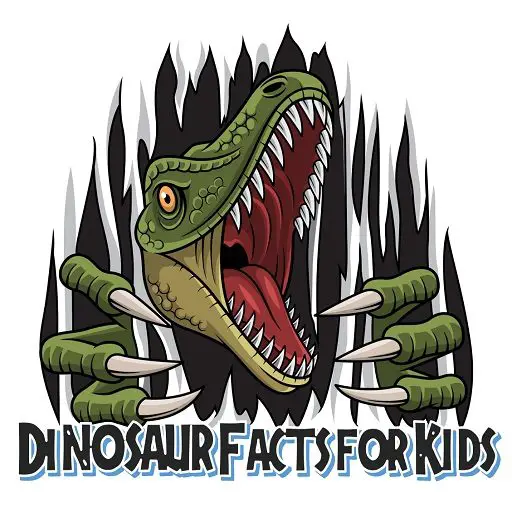


![Jurassic World Brachiosaurus [Amazon Exclusive]](https://m.media-amazon.com/images/I/61QOD9t9TUL._SS520_.jpg)
